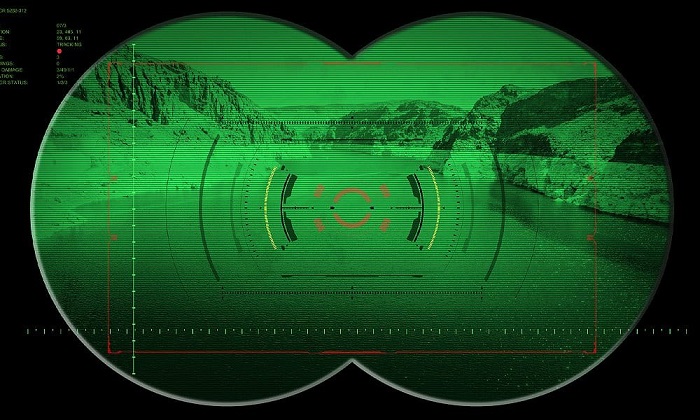Technology
Ultralight Infrared Innovation: The Future of Night-Vision Technology

- Researchers at TMOS developed an ultralight infrared filter that transforms regular glasses into night vision glasses, significantly reducing the bulk and weight of traditional night vision devices.
- This innovation enables simultaneous imaging of visible and infrared wavelengths, with potential applications in surveillance, autonomous navigation, and biological imaging, while advancing the miniaturization of night vision technology.
Researchers from ARC Centre of Excellence for Transformative Meta-Optical Systems (TMOS) developed this innovative night-vision technology incorporating an ultralight infrared filter that is thinner than cling wrap and transforms regular glasses into night vision glasses.
As opposed to bulky night vision devices commonly employed by military and hunting enthusiasts, ultralight night vision filters weigh less than one gram while still permitting users to see visible and infrared wavelengths.
As reported by Interesting Engineering, traditional night vision technology requires infrared photons to pass through a lens where photocathodes convert them to electrons that pass through a phosphor screen before being reconverted back into photons visible by human eyes. All of this requires cryogenic cooling in order to minimize thermal noise intensity resulting in large night vision systems with superior visual performance.
Traditional infrared and visible imaging systems don’t produce identical images; rather, they capture both spectrums side-by-side. Conversely, conversion technology imaging systems allow one image to capture both visible and non-visible light frequencies simultaneously – potentially giving users access to both spectrums through regular eyewear.
Rocio Camacho Morales, who wrote the paper about the innovation, said that “future research will include expanding the range of wavelengths the device is sensitive to, aiming to obtain broadband IR imaging, as well as exploring image processing, including edge detection.”
As for its applications, this innovation could benefit surveillance, autonomous navigation and biological imaging industries among many others, according to Chief Investigator Dragomir Neshev. Neshev noted how meta-optics is essential in meeting Industry 4.0 requirements with their ability to decrease size weight and power requirements of night vision technology; hence TMOS’ work contributing towards their extreme miniaturization process in technology development.

















































